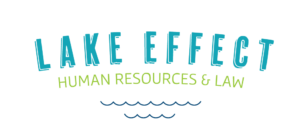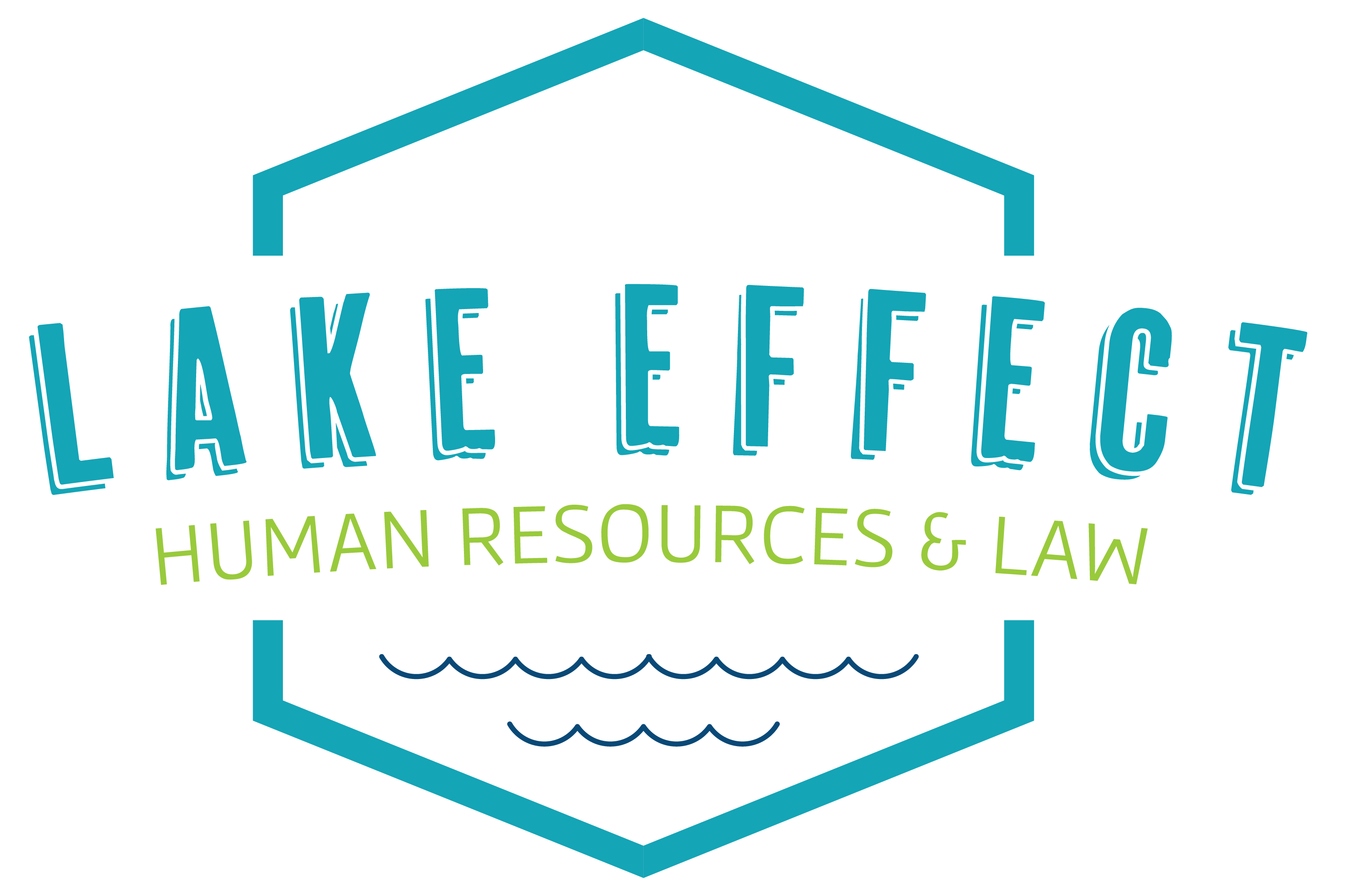Heed EEOC’s Proposed Guidance on Workplace Harassment
The EEOC has signaled an aggressive and expansive approach to employer liability for workplace harassment in its recently released Proposed Enforcement Guidance on Harassment in the Workplace. Employers should respond proactively by reviewing their Equal Employment Opportunity (EEO) policies and practices, ensuring they have robust and effective complaint processes, and training employees on their anti-harassment rights and responsibilities.
Key provisions of the Proposed Guidance reaffirm the following:
- Sex-based harassment includes harassment based on the following: pregnancy, childbirth, or related medical conditions, including lactation; a woman’s reproductive decisions about contraception or abortion; sexual orientation and gender identity, including how that identity is expressed.
- Harassment is based on a protected characteristic if it is based on social or cultural expectations, (positive, negative, or neutral) about how persons of a particular group usually act or appear. It includes harassment based on sex-based assumptions about family responsibilities, suitability for leadership roles, etc.
- Harassing conduct violates Title VII if an employee perceives it as hostile and it is sufficiently severe or pervasive to create an objectively hostile work environment. Conduct need not be both severe and pervasive; the more severe the harassment, the less pervasive it must be, and vice versa. An employee need not show that harassing conduct harmed their work performance or inflicted psychological harm to prove hostile work environment.
- A single incident of severe harassment (i.e., sexual touching, physical violence, use of offensive symbols or animal imagery, etc.) may create an actionable hostile work environment claim.
- A hostile work environment claim may arise from conduct that occurs in a work-related context outside an employee’s regular workplace, i.e., at required training, employer-sponsored offsite parties, or within a virtual work environment (i.e., employer’s email system, electronic bulletin board, instant message system, etc.).
- Although employers generally are not responsible for conduct that occurs outside the work context, they may be liable when the conduct has consequences in the workplace and contributes to a hostile work environment (i.e., electronic communication using private phones, computers, or social media accounts, if it impacts the workplace).
- To assert a defense to a harassment claim, an employer must maintain and implement an effective anti-harassment policy, effective complaint process, and effective training for all employees on their rights and responsibilities. The EEOC Guidance defines “effective” as to each component. The employer must also monitor the workplace for compliance.
The Proposed Guidance is available for public comment until November 1, 2023. Even if it is formally adopted by the EEOC after that date, it will not have the force or effect of law. However, it will guide EEOC investigators and administrators as they pursue workplace anti-harassment litigation and initiatives. Therefore, employers are well-advised to tailor their policies, practices, and training in accordance with the EEOC Guidance, and your partners at Lake Effect are ready to help.
Lake Effect is here to answer all of your questions about employment laws, regulations, and new agency guidelines. We continue to monitor important legal and HR developments, as well as other information that could impact the workplace. Please watch our blogs and emails for these important updates, as well as discussions of how compliance meets culture. To dive into these issues, contact us at info@le-hrlaw.com or 1-844-333-5253.




